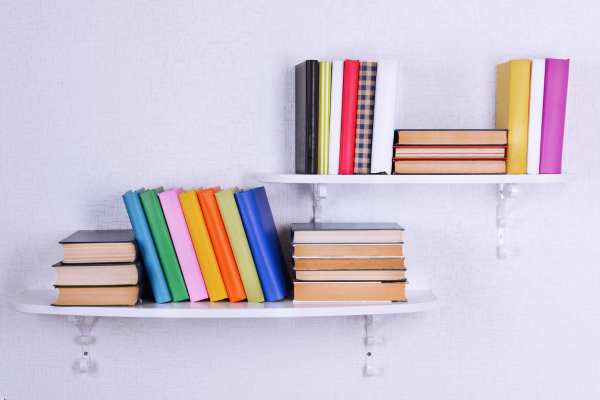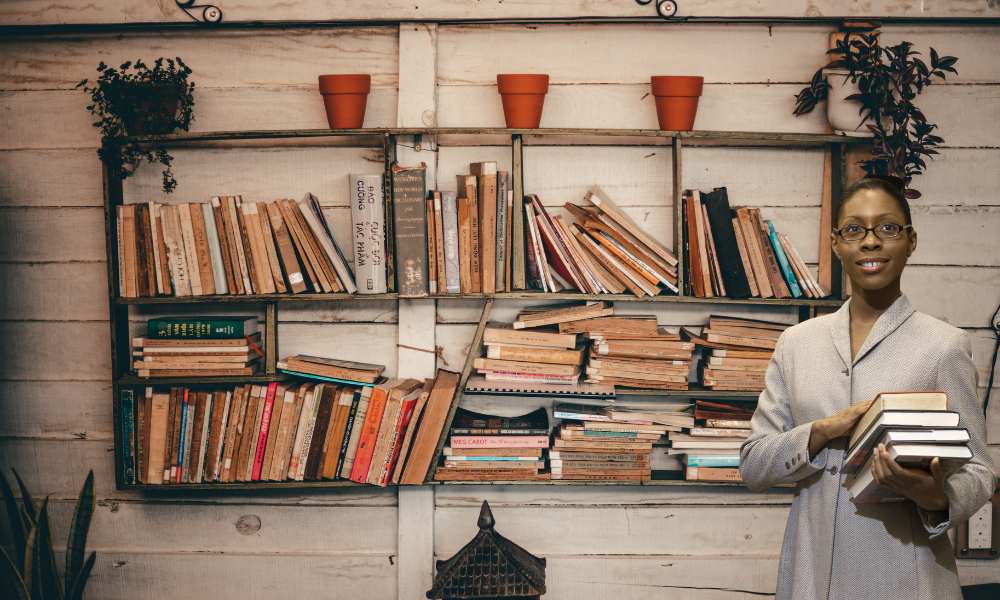Organizing shelve books in a library or personal collection can be a daunting task, but the Dewey Decimal System (DDS) provides a straightforward and efficient method for categorizing and locating books. Developed by Melvil Dewey in 1876, this system is widely used in libraries around the world. This guide will walk you through the steps of shelving books using the Dewey Decimal System, ensuring your collection is accessible and easy to navigate.
Understanding the Dewey Decimal System

Before diving into the shelving process, it’s important to understand the basics of the Dewey Decimal System. The DDS divides all knowledge into ten main classes, each represented by a range of numbers from 000 to 999. Each class is further divided into ten divisions, and each division into ten sections, creating a hierarchical and expandable classification system.
Main Classes
- 000 – General Works: Encyclopedias, periodicals, newspapers, computer science.
- 100 – Philosophy & Psychology: Metaphysics, epistemology, ethics, ancient philosophy.
- 200 – Religion: Theology, mythology, comparative religion, Bible.
- 300 – Social Sciences: Sociology, economics, law, education, folklore.
- 400 – Language: Linguistics, specific languages, dictionaries, grammar.
- 500 – Science: Mathematics, astronomy, physics, chemistry, biology.
- 600 – Technology: Medicine, engineering, agriculture, home economics, business.
- 700 – Arts & Recreation: Architecture, sculpture, music, sports, games.
- 800 – Literature: American literature, English literature, German literature, poetry, drama.
- 900 – History & Geography: World history, geography, biographies, travel.
Each book is assigned a number based on its subject matter, which serves as its “address” on the shelf. This number is known as the “call number.”
Steps to Shelve Books Using the Dewey Decimal System

Step 1: Understand the Call Number
A call number typically consists of two parts: the Dewey Decimal classification number and the Cutter number, which usually represents the author’s last name or the title of the work. For example, the call number “595.789 JOH” can be broken down into:
- 595.789: Dewey Decimal classification (specific to the subject matter, e.g., butterflies in zoology)
- JOH: Cutter number (often representing the author’s surname, in this case, Johnson)
Step 2: Sort the Books
Start by sorting the books into broad categories based on their main classes. This initial sorting will make the detailed organization easier. For example, place all books related to science (500s) in one pile, all books related to literature (800s) in another, and so on.
Step 3: Arrange by Dewey Decimal Number
Once the books are sorted by main classes, further organize them by their specific Dewey Decimal numbers. Line up the books in numerical order, starting from the lowest number to the highest. Pay close attention to the decimal points, as these determine the precise order.
For instance, consider the following call numbers:
- 500.1
- 500.23
- 500.231
- 500.24
- 500.3
Step 4: Organize by Cutter Number
After arranging by Dewey Decimal number, sort the books within each number group by the Cutter number. This helps to distinguish books with the same subject classification but different authors. For example, within the call number 500.231:
- 500.231 JOH
- 500.231 KIN
- 500.231 LEE
Step 5: Shelve the Books
With the books fully sorted, you can begin placing them on the shelves. Start at the top left of the first shelf, move left to right, and continue down the shelves in order. Ensure that each book is placed upright and aligned with the edge of the shelf for easy visibility and access.
Step 6: Label the Shelves
Label the shelves with the range of Dewey Decimal numbers contained within each section. This will make it easier for users to locate specific books and understand the organization of the collection.
Tips for Efficient Shelving
- Regular Maintenance: Periodically check the shelves to ensure books are in their correct order. Misplaced books can disrupt the entire system and make it difficult to find specific titles.
- Clear Signage: Use clear and visible signage to indicate the different sections of your collection. This helps users navigate the system without assistance.
- Training: If you’re managing a library, train staff and volunteers on the Dewey Decimal System to ensure consistency in shelving and reshelving books.
- Use Shelf Dividers: Shelf dividers can help keep books upright and in order, especially in sections with a high volume of books.
Advantages of the Dewey Decimal System

The Dewey Decimal System offers several advantages for organizing books:
- Universal Application: It is used by libraries worldwide, making it a familiar system for most users.
- Scalability: The hierarchical structure allows for easy expansion as new subjects and books are added.
- Precision: The use of decimal numbers allows for precise categorization and placement of books.
Common Challenges and Solutions

Challenge: Misplaced Books
Misplaced shelve books can disrupt the entire Dewey Decimal System, making it difficult for users to find specific titles. To prevent this, regularly schedule time to audit and reorganize the shelves. This ensures that books are in their correct positions and maintains the integrity of the system. Implement a clear return process for reshelving books correctly. This can include training for staff and volunteers on proper shelving techniques and providing patrons with guidelines on where to place books they have finished using. Additionally, consider using book carts or designated return areas to temporarily hold books that need to be reshelved, minimizing the risk of misplacement.
Challenge: Overflow of Books in a Section
As your collection grows, certain sections may become overcrowded, leading to a cramped and disorganized appearance. If a section becomes overcrowded, consider expanding to adjacent shelves or redistributing the collection to balance the load. Evaluate the space regularly and plan for future growth to avoid overcrowding. You can also create additional signage to guide users to the expanded sections, ensuring they can easily locate books in the overflow areas. Another solution is to periodically weed out the collection by removing outdated or rarely used books to make room for new additions.
Challenge: User Confusion
The Dewey Decimal System can be complex for new users, leading to confusion and frustration. To mitigate this, provide user education through clear signage, guides, and workshops. Create easy-to-read maps and directional signs that explain the layout of the library and the Dewey Decimal classification. Offer tutorials on how to use the catalog and find books using the Dewey Decimal System, both in-person and online. Staff training is also crucial; ensure that staff members are knowledgeable and can assist users effectively. Consider implementing a “library orientation” program for new members or patrons, helping them understand how to navigate the system confidently.
Conclusion
Organizing books using the Dewey Decimal System is a breeze, and adding floating shelves makes it even more stylish and efficient. By categorizing your books according to their Dewey classification, you ensure easy access and a systematic arrangement. Floating shelves offer a sleek, modern touch, saving floor space and enhancing your room’s aesthetics. To create your own floating shelves, all you need are some sturdy brackets, quality wood, and basic tools. With a bit of DIY spirit, you can transform any space into an organized, visually appealing library that reflects both your love for books and your sense of style
